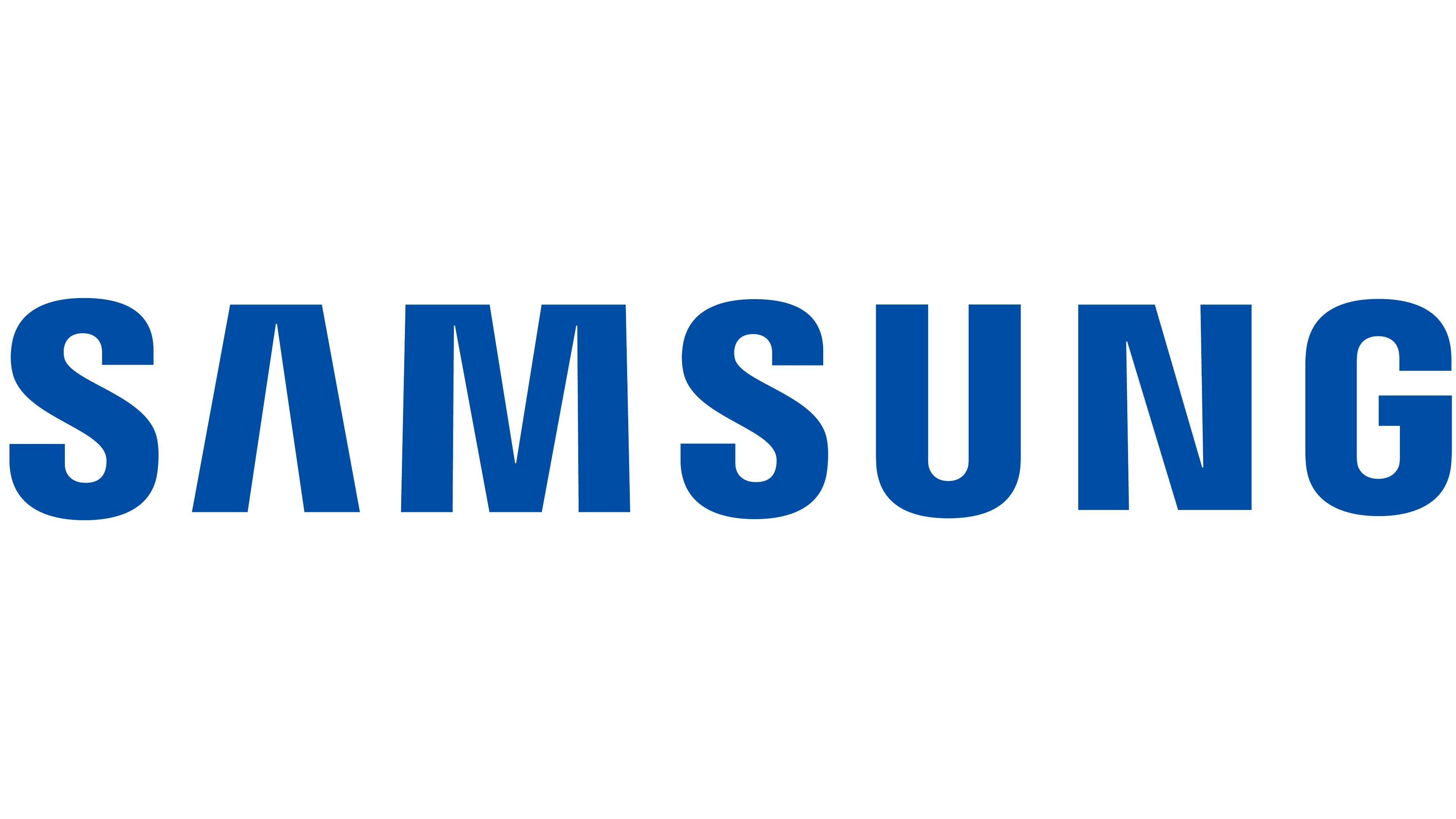Development and Implementation of a Survey for Pharmaceutical Companies on 2L EGFRm NSCLC

Introduction
Pharmaceutical Company A and Pharmaceutical Company B aimed to gain comprehensive insights into the testing and treatment approaches for second-line (2L) EGFR mutation-positive (EGFRm) non-small cell lung cancer (NSCLC) patients. To achieve this, a detailed survey was developed, focusing on the management of EGFRm NSCLC across different lines of treatment.
Objective
The primary objective was to design and implement a survey that collects data on:
- Testing practices for EGFR mutations and cMET alterations.
- Treatment approaches for 1L and 2L EGFRm NSCLC patients.
- Insights into how testing and treatment strategies vary at different stages of disease progression.
Survey Design
-
Survey Structure:
Two Portions:
- 1L Portion: Examines first-line treatment and testing approaches.
- 2L Portion: Focuses on second-line treatment and testing practices.
-
Qualification Criteria:
- Participants were screened to determine eligibility for one or both portions of the survey.
-
Programming Instructions:
- Progress Bar: Implemented to indicate the percentage of the survey completed.
- Visibility Controls: Internal instructions and section headers were hidden from respondents.
Data Entry and Logic:
- Auto-sum columns/rows where applicable.
- Ensure responses are entered as whole numbers and percentages, adhering to specified ranges.
- Enforce mandatory answers and maintain consistency in numbering for accurate data export.
Survey Pathway:
Completion Messages:
- Tailored messages for respondents qualifying for both portions and those qualifying for only one portion.
- Specific instructions for time intervals between completing one portion and beginning the other.
Definitions:
- Patient Population: Specific demographic and medical characteristics of participants.
- First-Line Treatment: Initial treatment given post-diagnosis, excluding neo-adjuvant/adjuvant treatments.
- Second-Line Treatment: Treatment administered after the failure of the initial treatment.
Implementation
Section 1A: Current Testing and Treatment Approach
- Objective: To capture data on the proportion of patients tested for EGFR mutations and cMET alterations at various stages.
Data Requirements:
- Precise percentages of patients tested before and after progression at different treatment stages.
- Responses must be whole numbers between 0 and 100, with totals not exceeding 300%.
Data Entry Example:
EGFR Mutations Testing:
- % of patients tested before 1L treatment: [Input]
- % of patients tested after progression on 1L treatment/before 2L treatment: [Input]
- % of patients tested after progression on 2L treatment/before 3L treatment: [Input]
cMET Alterations Testing:
- % of patients tested before 1L treatment: [Input]
- % of patients tested after progression on 1L treatment/before 2L treatment: [Input]
- % of patients tested after progression on 2L treatment/before 3L treatment: [Input]
Results
- Data Collection: The survey successfully collected detailed and accurate data on testing and treatment practices for EGFRm NSCLC patients. The findings provided a comprehensive view of current practices and highlighted areas for further research and development.
- Insights: The collected data enabled Pharmaceutical Company A and Pharmaceutical Company B to understand testing trends, treatment approaches, and gaps in current practices. This information is crucial for refining treatment strategies and improving patient outcomes.
Conclusion
The project was executed with precision, following detailed programming instructions and maintaining high data quality standards. The survey provided valuable insights into the management of EGFRm NSCLC, supporting the client's objectives and contributing to advancements in treatment approaches.
 Scimitar Research has been more than just a service provider; they've been a true partner. We've collaborated on numerous projects, and their proactive approach, innovative thinking, and ability to deliver results even under tight deadlines are key reasons why we consistently turn to them.
Scimitar Research has been more than just a service provider; they've been a true partner. We've collaborated on numerous projects, and their proactive approach, innovative thinking, and ability to deliver results even under tight deadlines are key reasons why we consistently turn to them.









